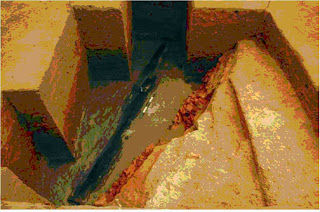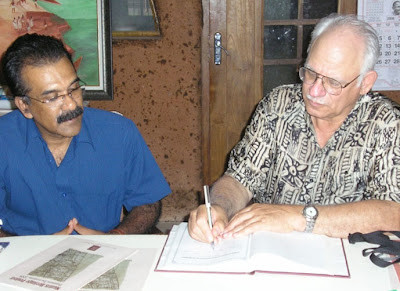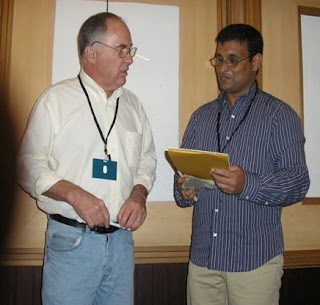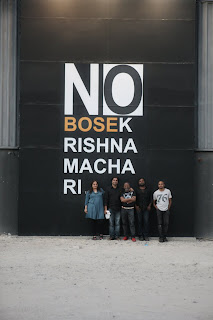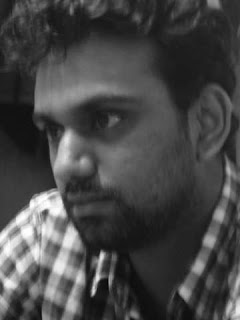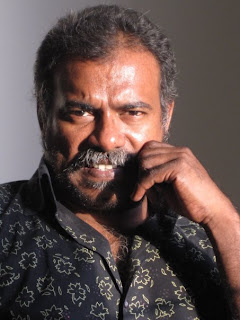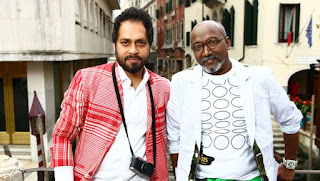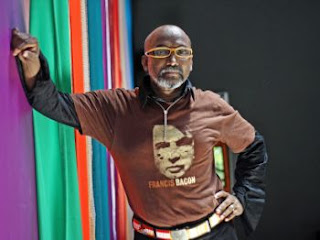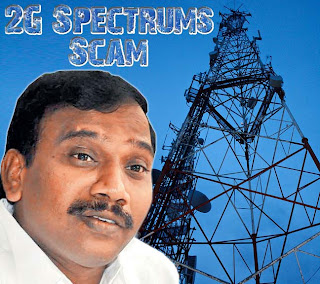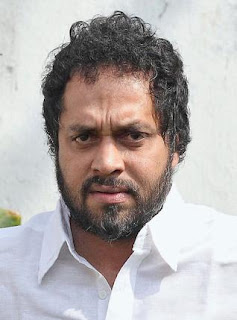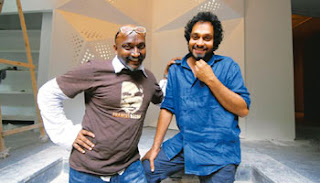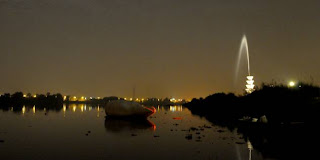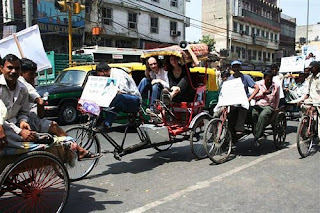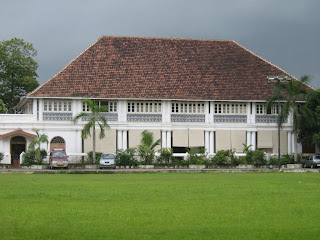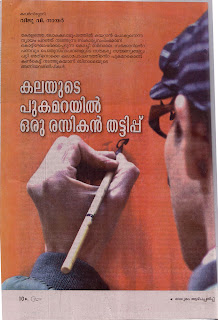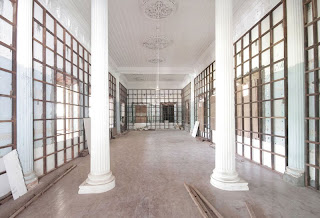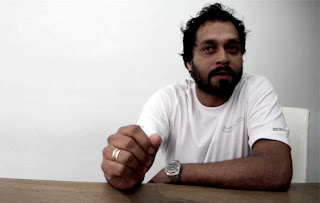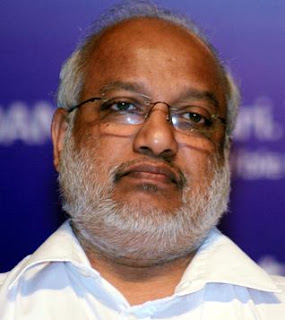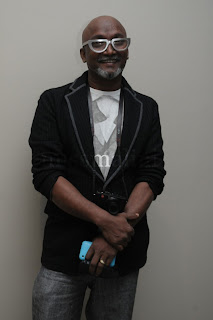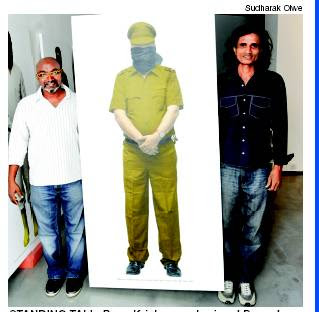median.hypotheses.org
Accession date and time 06-12-2011
Roberta Tomber Stated that St' Thomas Landed at Pattanam.
Shinu Abraham is consultant -Knanaya Nazrene Christian Academy at Pattanam
K.P.Shajan and V.Selvakumar Presented Papers on Pattanam for Syro-Malabar Church, Kochi
The International Conspiracy for Establishing Pattanam as St' Thomas Site
Migration, Trade and Peoples
Publication en ligne de la Royal Asiatic Society :Willis M. (ed.), Migration, Trade and Peoples : European Association of South Asian Archaeologists. Proceedings of the eighteenth congress, London, 2005, London : The Br itish Association for South Asian Studies, The British Academy, 2009.
Editors: Roberta Tomber, Lucy Blue, Shinu Abraham



